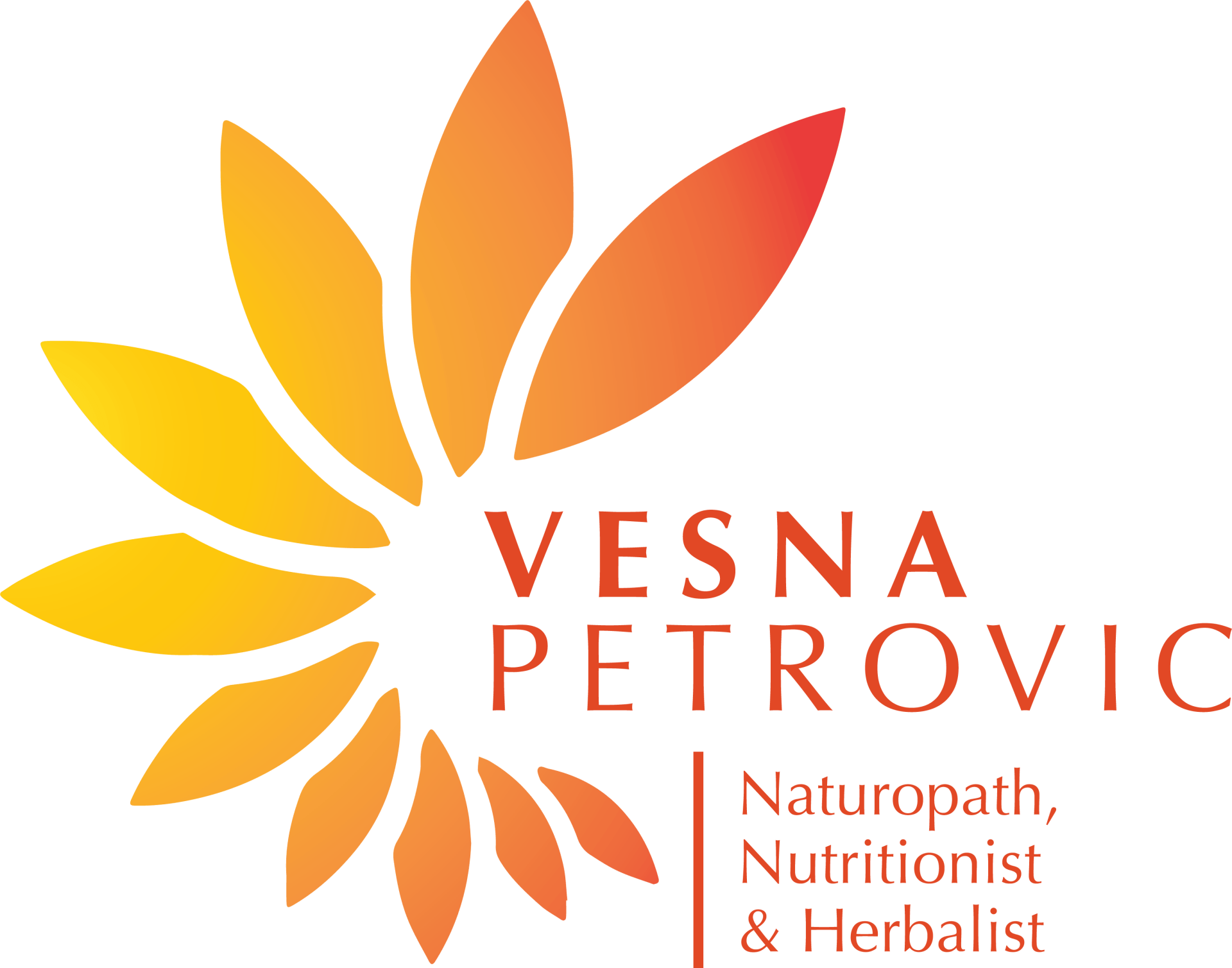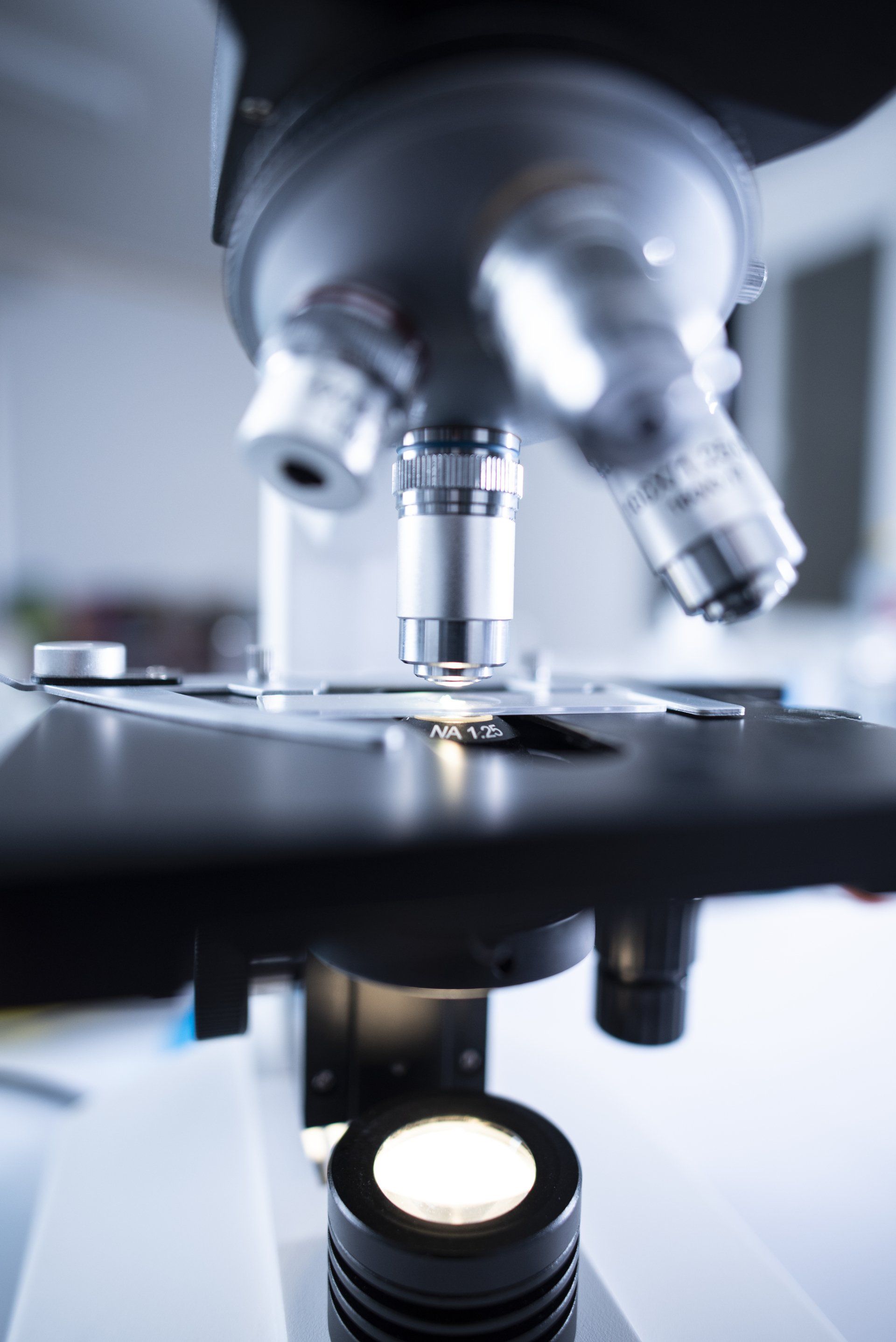The Digestive Process
What is the digestive process?
While the physical breakdown of food starts in the mouth, digestion begins as soon as you think about eating.
Here's a step by step overview of the digestive process:
1. The thought of an incoming meal sends signals from the brain to your gut, priming it by increasing your production of digestive factors and getting your body ready to receive the meal or snack.
2. As you pop the food in your mouth and begin to chew, your teeth crush it up into smaller pieces, and enzymes contained in the saliva begin to break it down.
You swallow, and after a six-second trip down your oesophagus, the chewed food is in your stomach.
3. The stomach is a big blender. Not only does it continue the mechanical breakdown that the mouth has started, but it is also the mixing place of food, stomach acid, bile, and digestive enzymes, all of which cleave the proteins, carbohydrates, and fats that you have eaten into their readily absorbable building blocks of amino acids, sugars, and fatty acids.
4. After being reduced to a very soft paste called chyme, the food moves from your stomach to your small intestine. Your small intestine is a rather impressive organ, up to 45 feet long, with so many folds and crypts that if you were to stretch it all out, the surface area would equal that of a tennis court.
That’s a good thing, considering that the job of your small intestine is to absorb the macronutrients and micronutrients of your food.
The small intestine acts as an intelligent gatekeeper, letting nutrients and beneficial compounds in and keeping harmful compounds and pathogens out. Since the surface area is so large and the potential for exposure to harmful things through what we eat so high, the small intestine is embedded with immune tissue and cells.
5. Peristalsis is the rhythmical, muscular contraction that propels food down and out and helps you poop regularly. Orchestrated by your “Second Brain” - it is responsible for transferring food from your stomach to your small intestine, and from your small intestine to your large intestine. Problems with peristalsis are related to motility - constipation, diarrhoea, or both - and are a common reason for distress.
6. By the time lunch makes it to your large intestine, much of the usable nutrition has been extracted, and your large intestine reabsorbs most of the water. The fibre you have eaten has its time to shine in the large intestine.
In addition to helping you keep things moving, fibre is also fuel for your microbiome.
7.
The approximately 100-trillion-cell strong colony of beneficial bacteria turn fibre into short chain fatty acids, which the body uses for energy and as anti-inflammatory agents.
Keep in mind that you’re not just eating for you, you’re eating for at least a trillion!
8. Working through the large intestine, the digested food reaches the end of the road and when enough accumulates, you get the urge to defecate. This is the first time that you have had a conscious say in your digestive process since you swallowed your food. Your body does it all for you, under the direction of your Second Brain.
To sum it up - Your brain, mouth, stomach, intestines, pancreas, and gallbladder all play a role in your digestion! This is important to know, because symptoms can give us clues as to which of these parts of the digestive system could be contributing to the problem!
If you're having digestive issues don't hesitate to get in
touch and let me know of any symptoms that you may be having.
My Office
1160 Toorak Rd Camberwell
VIC, 3124
0415 3111 80
vesna.naturopath@gmail.com
Let's Talk
Simple changes get results. You don't have to live your life always reacting to foods with no energy and low libido.



